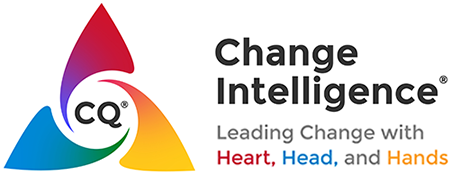 Here’s a question for you:
Here’s a question for you:Do you NEED positive feedback to do a great job at work?
Like you need oxygen and water?
Inspire you to do even better, make you feel valued? In my experience, about a quarter of us really need atta-boys/girls – it provides us sustenance we crave. However, when I ask the second question to clients, virtually every hand gets raised – when we receive acknowledgment, it makes a powerful impact.
Yet, what percentage of people report receiving ANY positive feedback in the workplace? Less than 5% of us receive a pat-on-the-back in any given week.
If it makes such a difference, why don’t we do it, frequently and consistently? Here are the top reasons I hear:
• “Good work is a job requirement – I only recognize outstanding performance.”
• “Top performers are self-motivated – they know they are doing a great job.”
• “We’re business people – we don’t do that touchy-feely stuff.”
Positive feedback is the biggest source of motivation that leaders at all levels are leaving on the table. It’s easy. It’s free. It makes both the giver and receiver feel great. Especially in times of significant change and challenge, recognizing people for their contributions helps keep people engaged, committed, and shows you care.
Here are some simple hints for giving thanks that will be appreciated by almost everyone you lead:
• When you see it, say it! Don’t let good work go unnoticed. What gets noticed, gets repeated.
• Make it specific! Saying “great job,” while nice to hear, can sound empty. Saying “I really appreciated the great job you did putting together the communications plan for our new IT upgrade – it was very inclusive, thorough, and creative – thank you” lets the receiver know you know that what they are doing matters.
• Make it personal! Saying “I really appreciate….” or “it really helps me out when you…” reinforces your relationship, teamwork and partnership. People connect with people first, and organizational engagement follows.
Change Intelligent leaders also customize their expressions of gratitude to the preferences of others. People with different styles resonate best with different ways of saying “thanks”:
• Coaches (high Heart style) value feedback that focuses on how they have helped and involved others through a change process; Drivers (high Head and Hands style) like to hear how they have pushed the change over the finish line and achieved daunting objectives.
• Champions (high Heart and Head style) thrive on public applause and demonstrative praise; Executers (high Hands style) appreciate quieter forms of recognition focusing on their competent, planful, and structured approach.
• Visionaries (high Head style) enjoy feedback that acknowledges their inventive inspiration towards exciting new horizons; Facilitators (high Hands and Heart style) like to know that they have done a good job supporting people through difficulties on the ground level and fostering team success.
